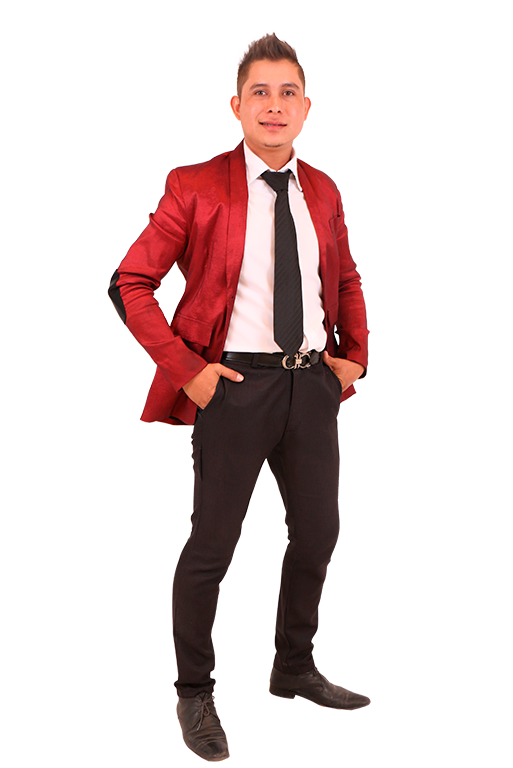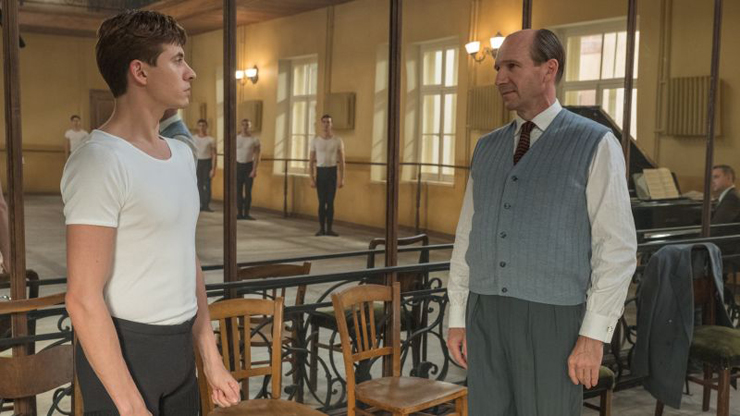
As a dancer, Rudolf Nureyev paid a lot of attention to the details of his technique and style. Director Ralph Fiennes shows the same tenacity in the “The White Crow.” Fiennes’ work shines in his his third film as a director. He takes his material from Julie Kavanagh’s 2007 Nureyev biography, "Rudolf Nureyev: The Life," especially the first few chapters which detail Nureyev’s early life and young adulthood.
Nureyev was a complex person who often appeared larger than his surroundings. In the film, this is portrayed where Nureyev is in the act of inventing himself as a person and as an artist. Fiennes works from a persuasive script by the noted playwright and screenwriter David Hare ("The Hours," "The Reader" ).
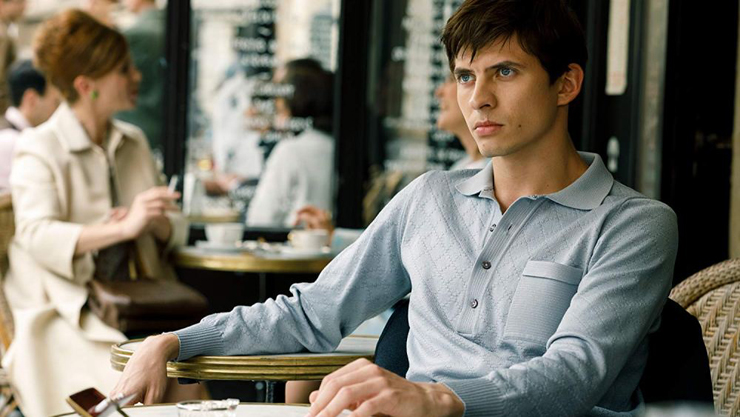
The action takes place in flashbacks between Paris and Leningrad. Fiennes interwines intertwines three different time periods into the movie: Nureyev’s birth on a train in 1938 through his mother dropping him off at his first ballet school (where he learned folk dancing, a common practice, both then and now). The Leningrad years, 1955 to 1961, and the weeks leading up to his defection on June 16, 1961 at the pinnacle of the Cold War.
Fiennes made the controversial decision to cast a dancer (instead of an actor) in the role of Nureyev. It was a wise move, Oleg Ivenko, a leading dancer at the Jailil Tatar Ballet Theatre in the Ukraine, has the technical prowess of an excellent dancer and is a convincing actor. Ivenko even manages to capture Nureyev’s well- known mischievous manner with his fellow dancers. Fiennes takes on the role of the legendary ballet teacher Alexander Pushkin, a mentor to the young Nureyev. The film suggest that Nureyev had an affair with Pushkin’s wife, Xenia, while he was living with the couple. Be that as it may, Nureyev homosexuality is also revealed in his relationship with another male dancer.
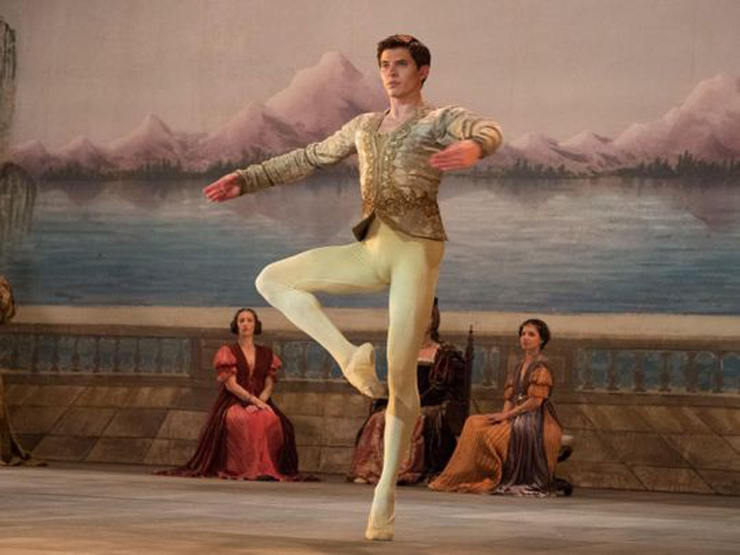
The ballet scenes are shot from different angles and are beautifully represented by dancers from the Kirov Ballet. Fiennes seems to want us to know Nureyev as not only a dancer but also as a man. Yet, he shows us that there are forces working against Nureyev which the film also explores: HIs sometimes out of control temper, his fierce determination to be his own person (at whatever cost ), and his relationship to his art.
Fiennes intercut scenes, of Nureyev's birth, of his time in Leningrad, and his time in Paris leading up to his defection. Suspension builds as Nureyev is stopped at the airport from traveling to London with the company, but is instead ordered to go to Moscow. Nureyev is quick to figure out the intentions of this plan and refuses to travel to Moscow.
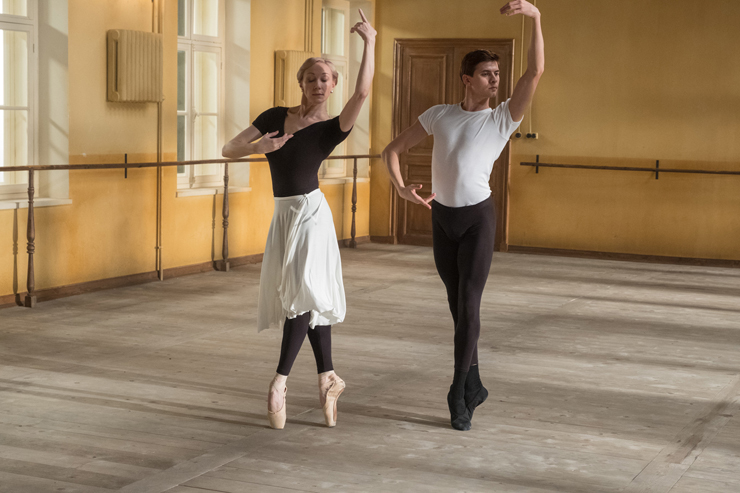
This is the film at its fineness. Freedom hangs in the air and is literally only through one door. Fiennes treatment of Nureyev’s choice is tense. Nureyev must choose between certain restrains in Moscow and the frightening unknown. It is a choice only he can make. Nureyev is walking between two worlds and Ivenko is superb in this reflection on life, art and freedom. Fiennes has created an exhilarating film.
The White Crow is playing currently in South Florida at The Classic Gateway Theatre in Fort Lauderdale, Living Room Theaters, Boca Raton, AMC Aventura 24, Regal Cinemas South Beach, and Coral Gables Art Cinema.




